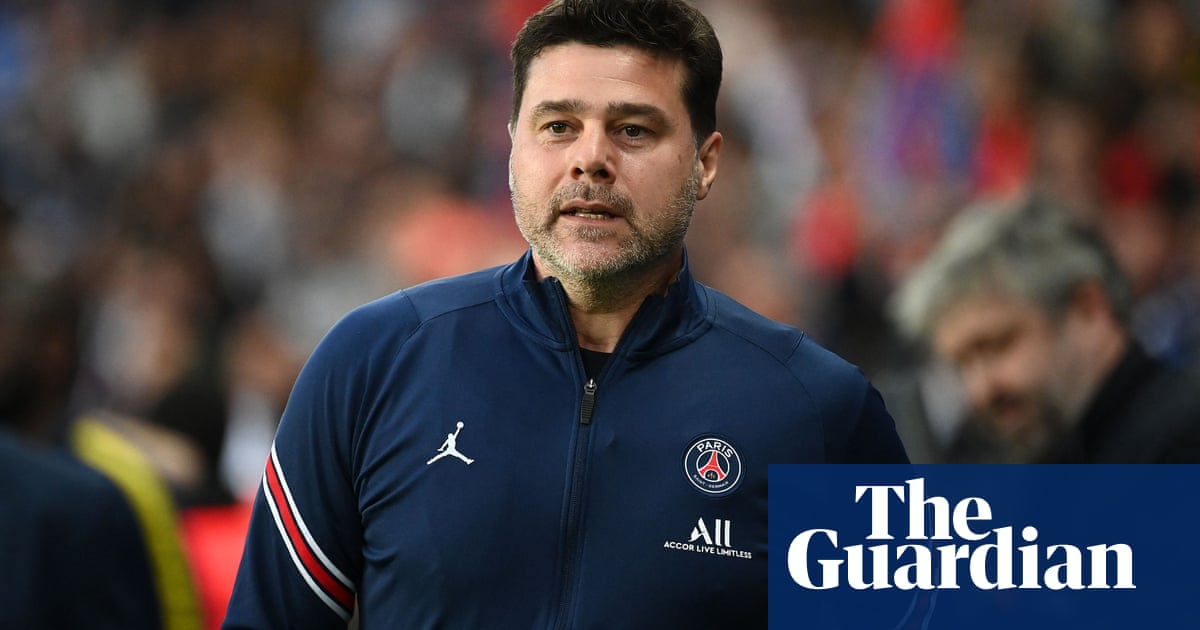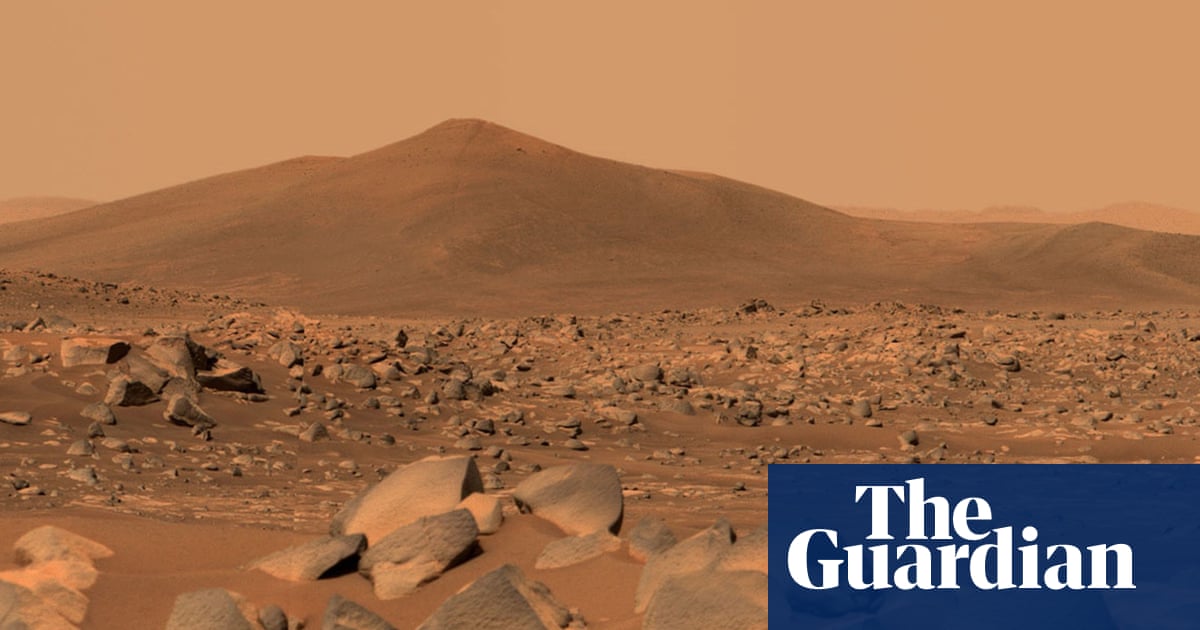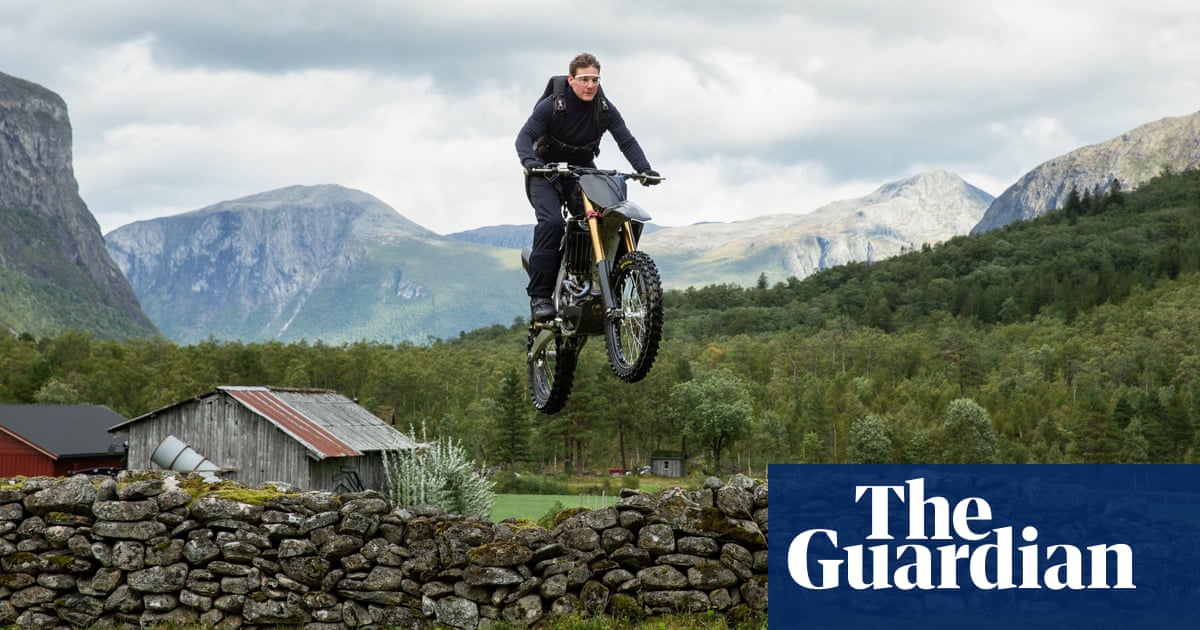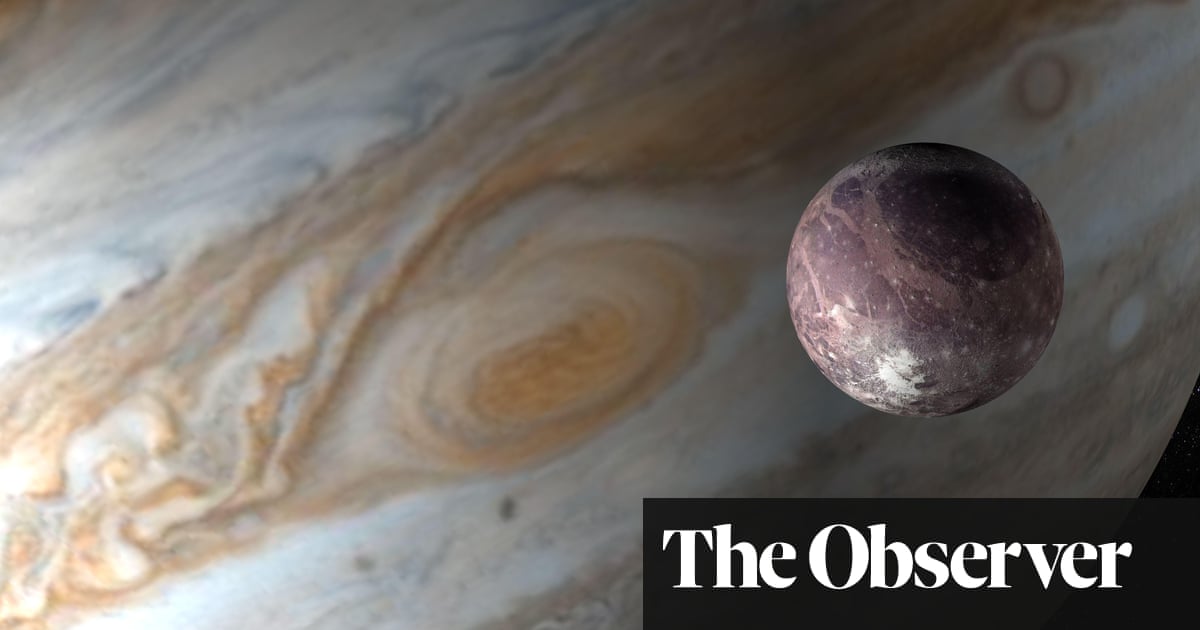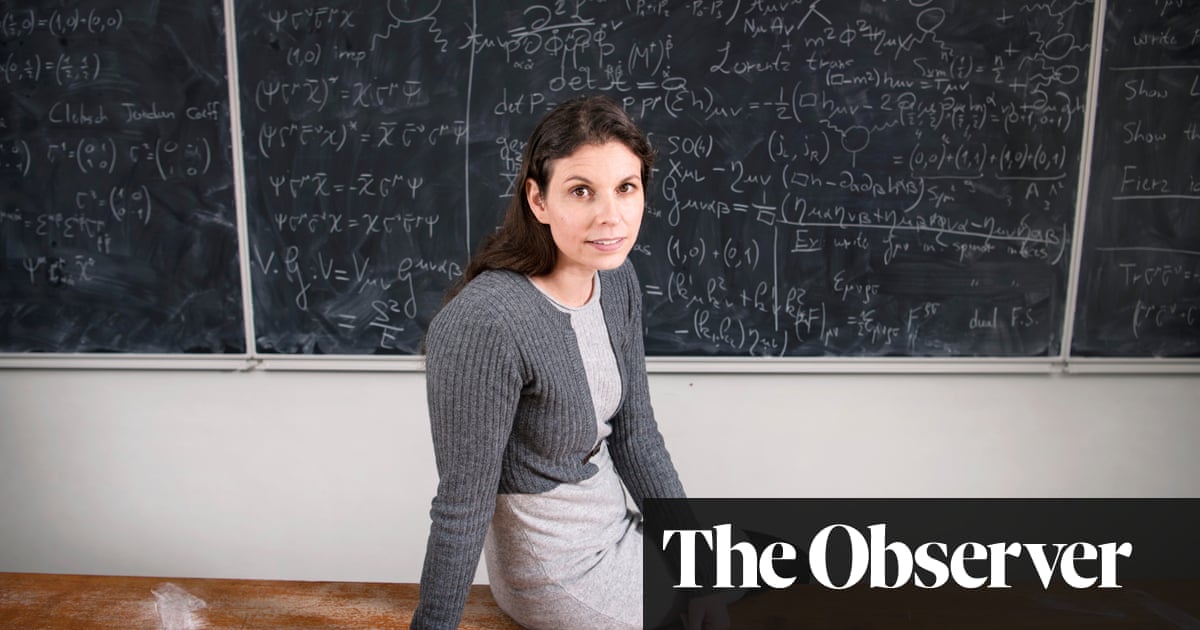
‘We would go days without seeing another living thing’
Ed Charles, producer, Weather and Oceans
We were really lucky on this series in that we had finished our filming and were in the edit when coronavirus hit, so it was something that we could do remotely. I’ve been working on this project since 2016 so it has been a long time in the making.
We filmed a wild camel sequence in Mongolia, in the Gobi desert. It’s unlike anywhere I’ve ever been on planet Earth. It feels more like you’re on a mission to Mars. There’s nothing living. We would regularly go for five or six days without even a hint of another living animal. You wouldn’t see another living soul. There were no birds flying overhead. There were no insects chirping.
We were trying to find these camels, of which there are only 1,000 left in the wild and only 450 of those are found in the Gobi desert, so it really was like searching for a needle in a haystack. One of the reasons it’s so hostile and inhospitable is because in the winter, which is when we went, it drops down to about -40 degrees. It’s unbelievably cold, but at the same time, unbelievably beautiful.
It was really hard for us, but finding the camels was worth it. When there are only 450 in an area the size of Belgium, finding them is really special.
‘All the crabs shook their hands and started dancing’
Sophie Darlington, camera operator, Weather
I was filming on Christmas Island with four other crew members. We filmed land crabs – they live in the moist highlands when they can, but when it starts to rain, they make a move down to the coast and mate in burrows, and then go into the sea. It’s like the maddest festival you’ve ever been at. It’s all going on at foot level. All these little crabs go to the edge of the sea, and with about 100,000 eggs, shake their hands in a dance. It’s like a disco.
There’s this incredible scene of these red crabs who don’t care what gets in their way. They just go bonkers. They crawl over you, over your kit, over roads. Half of the island shuts down because they cut up the roads. We got very proficient at sweeping them out of the way with rakes so we didn’t step on them.
I’ve been filming for over 30 years and it was one of the most amazing things I’ve ever seen. There’s the sheer numbers of these creatures and their single-mindedness, but also there’s such humour to it. They’re really funny.
‘I hope this show is a wake-up call’
Emily Franke, assistant producer, Humans
I worked on the humans episode, which is all about our impact on the planet. A lot of what we were filming was pretty sad and unpleasant, although there were hopeful moments.
We went out on the Sea Shepherd boat, which works to patrol against illegal fishing in Gabon. We filmed there for almost three weeks. The Gabonese government provides law enforcement, so there were 10 marines on the boat, and also five fisheries officers.
We would spend 24 hours [a day] patrolling the seas. When we saw a fishing boat we wanted to board, we would all pile into the small faster boats from quite a distance to try and catch them unawares.
There was a moment when we had to climb on to a 100-metre purse seining boat, which had a really big draft. We climbed up a rope ladder and strapped all the camera equipment to us, which is not something any of us had done before. On our down days I spent my time with the crew practising running up and down the sides of these boats.
We only managed to film on boats that were fishing legally, but it will show viewers the impact of our fishing practices. I would hope that that would be a wake-up call as to where our food is coming from. I think one of the key things that we talk about in the film is how disconnected we’ve become from the natural world. We need to view ourselves as part of it, if we’re going to get out of this mess that we’re in.
‘Two-hundred giant tortoises under a tree, sheltering from the sun’
Huw Cordey, producer, Volcanoes, and series producer
I went to Aldabra, which is one of the most remote and uninhabited islands in the world. It’s an atoll in the Indian Ocean. I also travelled to Wolf Island, which is probably one of the most remote of the Galapagos, and the Yasur volcano on the island of Tanna, in Vanuatu, to film a lava lake.
Going through Aldabra was very special because it’s almost impossible to get there as a tourist. You have to be on a fancy cruise to have any chance of getting there.
Being able to spend three or four weeks there, on one side of this atoll, was very special. We spent 10 days there, which was probably the longest anybody had spent on that side of the island for 50 or 60 years. It was unspoiled – nature had been left to its own devices.
This is an island that has around 100,000 giant tortoises. There were herds moving across the landscape, looking for shade every morning. One small tree that we filmed had 205 giant tortoises underneath it, sheltering from the sun. It’s very memorable, especially when you’re so far away from the rest of humanity.
‘The pH level of the lake is not far short of household bleach’
Matt Aeberhard, camera operator, Volcanoes
I helped to film at Natron, which is a huge soda lake in east Africa. It’s dominated by Ol Doinyo Lengai, an amazing volcano that overlooks the lake system where the flamingos live.
It’s a massive lake, 45 miles long and 15 miles wide. The pH of the lake reaches about 12, which is not far short of household bleach. It’s an intimidating place to go to. In the middle of the lake, you get these huge colonies of flamingos: breeding and taking advantage of seclusion and safety from land-based predators to raise their nests.
Until recently, more people had landed on the moon than had actually stood out in Lake Natron. It’s impossible to get to. You get these amazing mirages when you’re looking north. The water surfaces are so heavily laden with salt that they blend into the sky, so flying a helicopter over there is very dangerous because pilots can easily ditch into the lake. The only way of getting in there is by use of a hovercraft, which we had to ship from the UK two months ahead of the shoot.
On the flats, you’re presented with this intensely hot mud. The only way of walking around is with snowshoes on, to provide you with some sort of ability to trot across the mud, which can burn your legs and cause suppurating wounds that take ages to heal.
It is a privilege when you get into these unexplored parts of the planet. All the hardships frankly just fall away. Being an observer to incredible events is so exciting.
‘Creatures there live in six months of darkness and temperatures of -50’
Nick Shoolingin-Jordan, producer, The Sun and Humans
We went to Ellesmere Island, 500 miles from the north pole. It’s one of the coldest places on Earth and the creatures there have adapted to six months of complete darkness where temperatures go down to -50. That was incredibly challenging, certainly for the team, as it had never been filmed before.
It was difficult. All our equipment failed on that shoot. Likewise in the desert shoot, our fixer had to come up with an emergency plan; they bought these huge bits of material which were pieces of turban. We soaked them in water and then wrapped them around the camera. The latent heat of the desert wind evaporated the water, cooled down the camera and we managed to get it at a temperature where we could operate. Richard Kirby, the cameraman, was so hot in the desert that we put a turban on him as well to cool him right down.
I would have probably preferred to be on the the Arctic shoot but I ended up going on the desert one. We needed to film both for the series, to capture the yin and yang of sunlight. It’s incredible to think that our planet has these extremes, and that life has found a way to exist everywhere.
What we’ve done differently to other films that have gone before is that we’ve tried to join the dots. Often climate change can feel too big for the public to be able to do anything about. By the time the audience reaches episode five, on humans, hopefully they will have a greater understanding of the beautiful mechanics of our planet.
‘It was like a Star Wars ice planet – we wanted to capture the magic’
Rolf Steinmann, camera operator, The Sun
My dream of becoming a weather film-maker emerged when I read a book about Arctic wolves from the 80s, who had adapted to one of the most extreme environments on Earth.
When I got the call from the BBC to say they were interested in shooting a sequence about Arctic wolves in the winter, in the darkness of the polar night, it was a dream come true. I don’t know if I will ever do something like that again.
I was really nervous. This is fragile, high-end technology so you don’t know how it will cope with the conditions. You can’t say, “Oh, man, this is not working. Can you send me something else?” Because it’s so remote, you’re having to do an expedition, and there’s no postal service.
We wanted to capture the magic of this alien world. It looks like something from a Star Wars ice planet. When we tried to capture it with drone cameras they froze solid!
To find a solution for the problem we decided to take a generator with us into the field, and a hairdryer. We put the drone into a duffel bag with the hairdryer to heat it up. When it was really hot, we started the whole filming process and got it into the air, so we had a certain amount of time until the drone would freeze again.
It was like a glimpse into the ice age. The wolves have never been hunted, so they were super-interested and intrigued by us. Sometimes we had the whole pack around us, one or two metres away.
‘The frog freezes instead of hibernating. I held it in my hand – rock solid’
Sarah Walsh, researcher
One of the dream locations was the Falkland Islands. It’s got all the wildlife of Antarctica without going as far. The wildlife around there is just amazing. We went to one of the most southernmost islands in the Falklands and watched five different species of penguin there. We saw elephant seals fighting on the beach, and tiny baby orcas swimming past the coastline.
Luckily we finished filming the series before the pandemic. The series will come at a nice time for people, after Christmas. One of the film pieces that might make them feel a little bit cold, though, is the wood frog. It’s one of the only animals that’s been able to freeze itself instead of hibernating. In order to film it, me and the cameraman had to hire a freezer and film inside it. We had it set to -15 and we worked inside it for 10 days. We had to be careful not to get locked in by mistake, so we always had to make sure people knew we were in there.
When we turned the freezer off, we slowly let the frogs rewarm. At first, you see their eyes are totally frozen. If you’re watching really closely, all of a sudden you can see the blood cells start to move. As the frogs start to defrost you can see their nostrils moving. They’re beginning to breathe. Their hearts start to beat and all of a sudden they come back to life. It’s amazing to see. They were rock solid when I held them in my hand – you can’t imagine that they’re alive.
When the camera operators come home after a shoot, their part of the job is done. We come home and we go straight into the office to start planning the next shoot. A researcher here is very different to a researcher on drama shows. We’re very much field directors. I did 12 countries, and 241 days on location, but I am very grateful. I managed to go to places that I would never have been able to go to.





